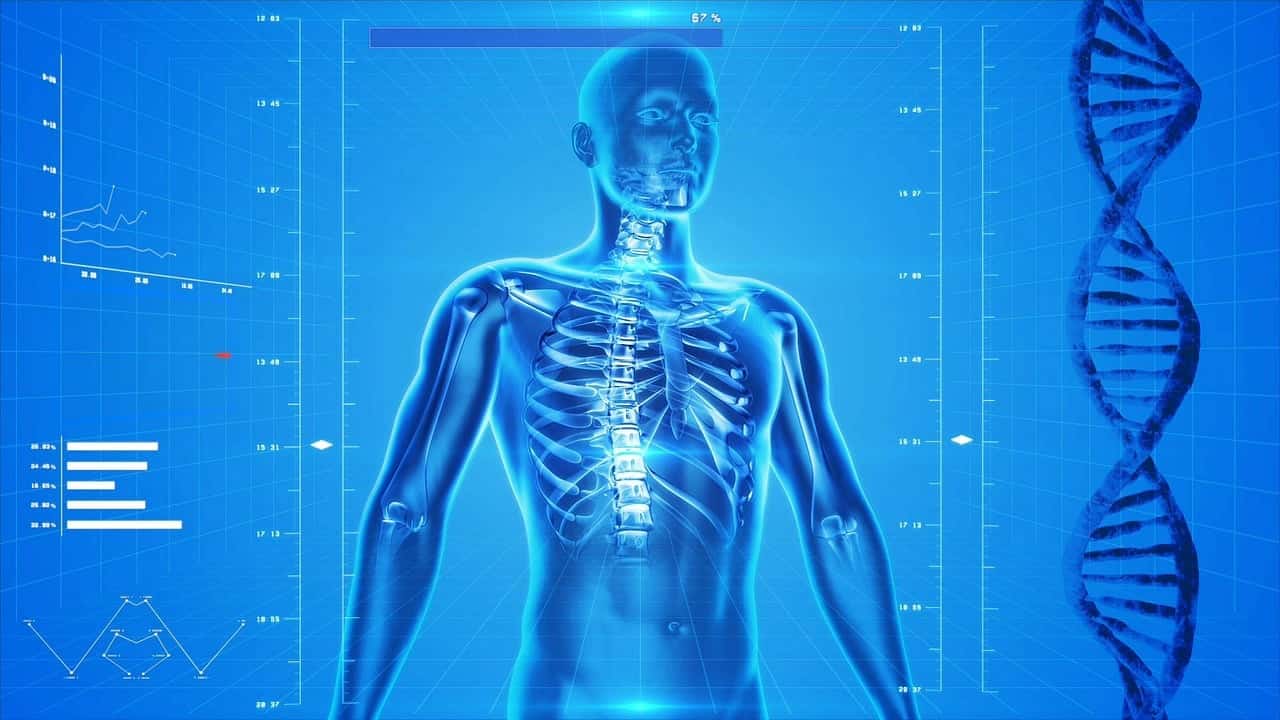
Signs of human life can be found almost everywhere. We cough, spit, shed and flush small pieces of our DNA into countless places, from ocean water to footprints on a beach. Now, scientists have discovered they can collect much more quality human DNA from water, sand, and air than was thought possible. This raises many ethical questions about privacy and consent.
Researchers from the University of Florida said the DNA was of such high quality that they could identify mutations linked with disease and determine the genetic ancestry of populations living nearby. They could also match genetic information to individual participants who had volunteered to have their DNA recovered as part of the research.
“Any time we make a technological advance, there are beneficial things that the technology can be used for and concerning things that the technology can be used for. It’s no different here,” David Duffy, study author, said in a statement. “These are issues we are trying to raise early so policymakers and society can develop regulations.”
Identifying eDNA

DNA that an organism sheds into the environment is known as environmental DNA, or eDNA. Scientists have collected and sequenced eDNA for decades from soil or water samples to monitor biodiversity, wildlife, and pathogens. These tools have been very useful to track rare or elusive endangered species, since observation can be difficult.
The researchers at the University of Florida normally use eDNA to study endangered turtles and the viral tumors to which they are susceptible. Turtles shed a lot of DNA as they crawl along the beach on their way to the ocean after they are born. Sand scooped from their tracks has enough DNA to give valuable insights to the researchers about the turtles.
But this time turtles weren’t their focus. The team suspected the samples they were using to study the turtles had DNA from other species, including humans. To better understand this, they took samples from several locations in Florida, including in the ocean, rivers, and beaches. They were quite surprised to find human DNA whose quality was suitable for analysis and sequencing.
With these bits of genetic material, they could uncover information about the people they came from. They found mutations linked to autism, diabetes, and eye diseases. The demographic information in the samples largely matches those of people in the area where the eDNA was found, and the scientists could even determine genetic ancestry.
The researchers tested this technique further by collecting water samples from a river in Ireland, where they also easily found human DNA. Finally, they gathered air samples from a room in a wildlife hospital in Florida. They recovered DNA matching the people, the animal patients, and common animal viruses present in the room at the time of collection.
“Human eDNA could present significant advances to research in fields as diverse as conservation, epidemiology, forensics and farming,” the researchers wrote in a blog post in The Conversation. If it’s handled correctly, it could help biologists to monitor cancer mutations and archaeologists find undiscovered settlements, they added.
However, there are also many ethical implications relating to the deliberate or unintentional collection and analysis of human eDNA. Identifiable information can be obtained from it, and accessing this level of detail about individuals or groups comes with responsibilities about consent and confidentiality, the researchers added.
This triggers many questions, they said. Who should have access to human eDNA? Should this information be made publicly available? Should consent be needed before taking samples, and from whom? That’s why it will be necessary to implement rules to ensure that collection, analysis, and data storage are done appropriately, they added.
“Policymakers, scientific communities and other stakeholders need to take human eDNA collection seriously and balance consent and privacy against the possible benefits of studying eDNA. Raising these questions now can help ensure everyone is aware of the capabilities of eDNA and provide more time to develop protocols,” they wrote.
The study was published in the journal Nature.






